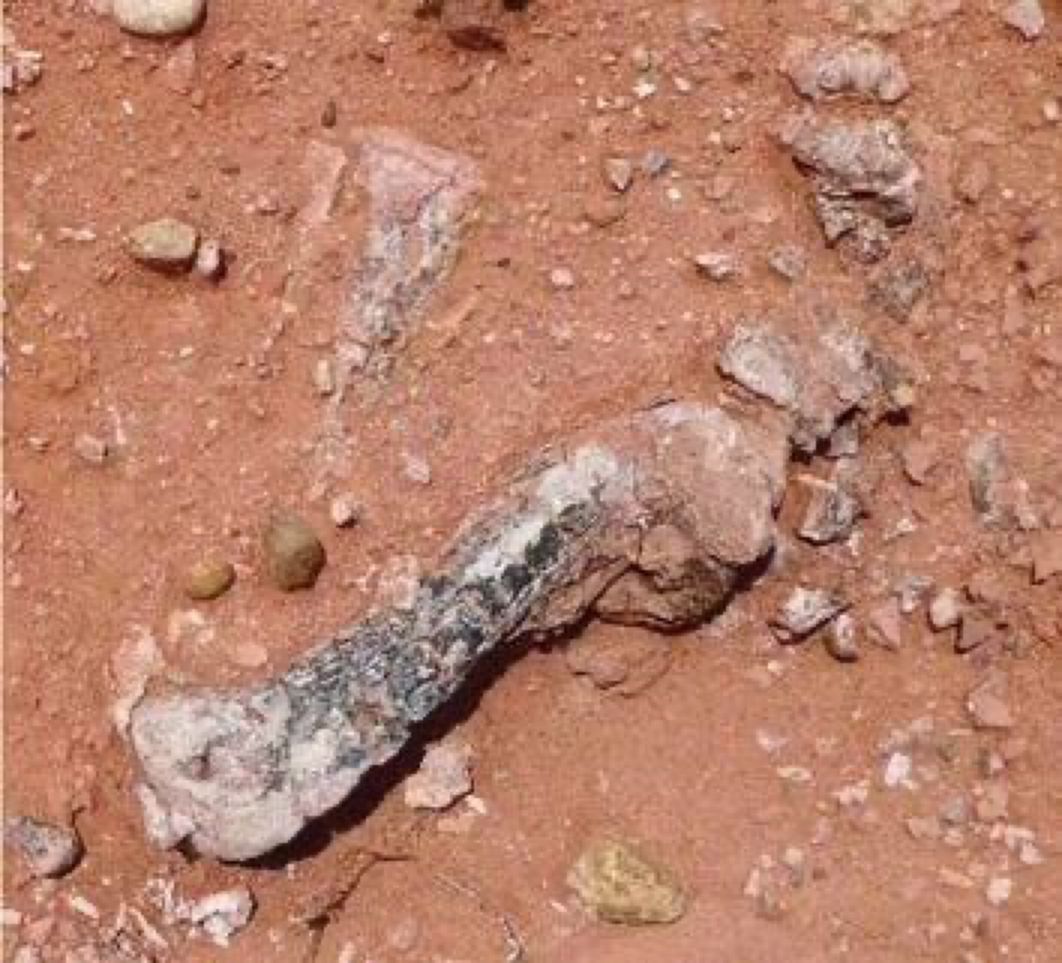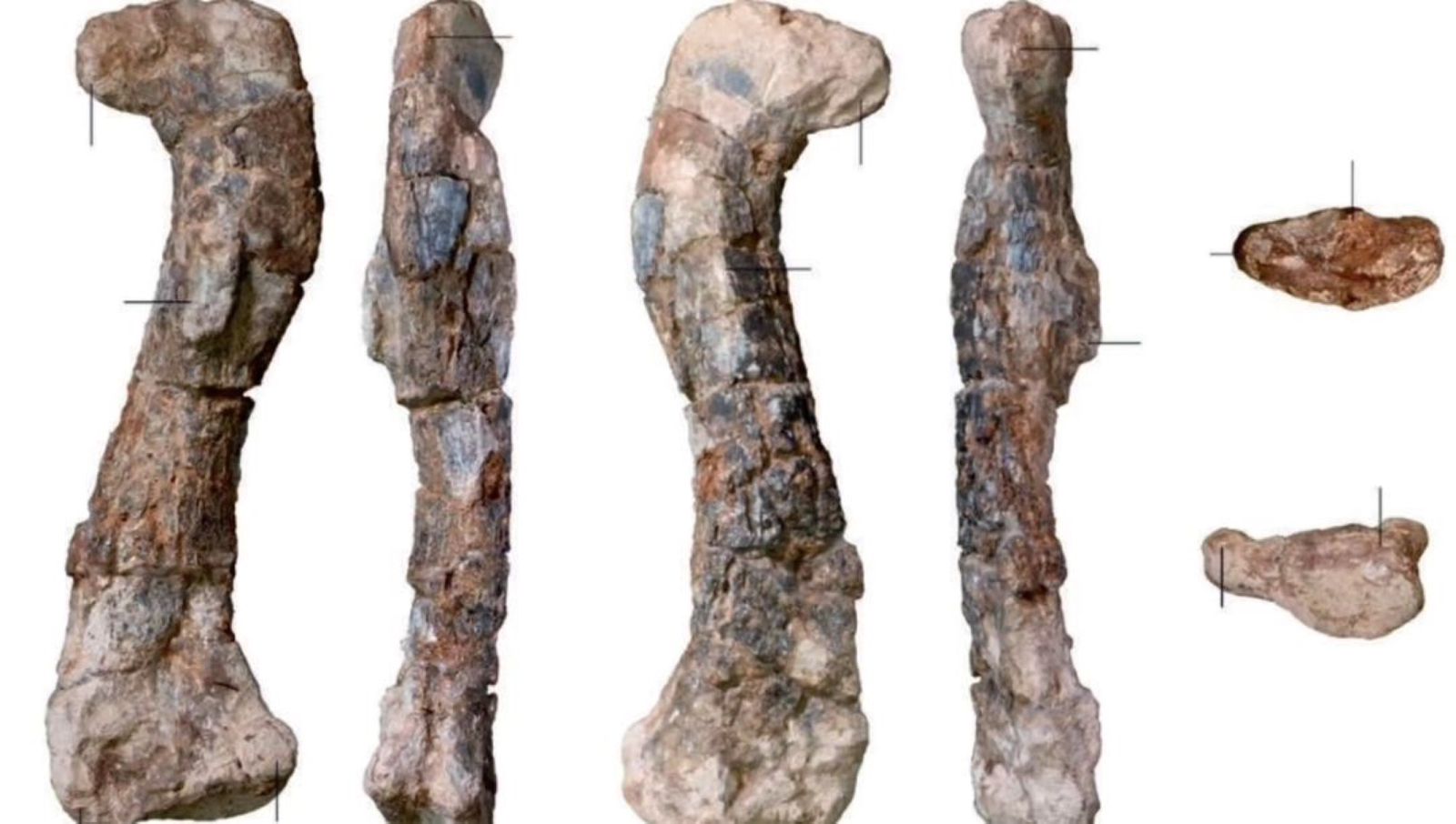A new dinosaur species has been discovered in Zimbabwe’s Matusadona National Park.
This remarkable find, named Musankwa sanyantiensis, is not only the first of its kind from Zimbabwe but also only the fourth dinosaur species ever found in the country.
The expedition that led to the discovery of the 210-million-year-old partial right leg of Musankwa took place on the southern shore of Lake Kariba.
The study was conducted by an international team of scientists from the University of the Witwatersrand in South Africa, the Natural History Museum of Zimbabwe, and Stony Brook University in New York, and was led by Prof Paul Barrett from the Natural History Museum in London.
Based on the fossil's structure, it is believed that Musankwa was about 1.5m high at the hip and walked on two feet.
Using comparisons with other sauropodomorphs (long-necked, herbivorous, saurischian dinosaurs belonging to an order that had pelvic structure resembling that of lizards) of similar size, the team estimates that this dinosaur weighed around 390kg (or 850 pounds).
In a gesture of appreciation, the researchers decided to name this dinosaur after the houseboat they lived on during the expedition – Musankwa.




























